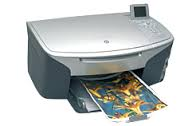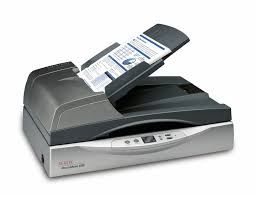Internal system unit components:
processor
A processor is a small chip that resides in computers and its job is to receive input and provide the appropriate output. Its also known as a central processing unit (CPU), and it handles all the instructions in the system, for example the mouse and keyboard and running applications.
motherboard 
The motherboard is the main circuit board of the computer and it has things such as the processor, memory ram, PCI slots, and USB ports attached to it, it also includes controls for devices like the hard drive and the keyboard and mouse. The motherboard allows everything in the computer to work in sync. Each motherboard has a chipset, which is a collection of all the chips and controls in the computer.
BIOS
(Basic input/output system). The bios is a programme pre installed onto any windows computer which the computer uses when starting up. It checks all the hardware connections and locates your devices. If everything is fine the BIOS loads the operating system and then finishes the boot-up process. It is located in the ROM (read only memory). Due to the BIOS, your programs and operating system don’t have to know every detail such as hardware addresses about the input output devices connected to your computer.
power supply
A power supply is a hardware component that supplies power to an electrical device. It gets power from an electrical outlet and turns the current from AC (alternating current), to DC (direct current) and this is because a computer requires direct current. The power supply also regulates the voltage to a sufficient amount which allows the computer to run smoothly without overheating. The power supply must function properly for the rest of the components in the computer to work.

Fan and heatsink or cooling
Almost all computers have heatsinks and it prevents the CPU from overheating, however sometimes the heatsink itself gets too hot and could overheat therefore a fan is used in combination with the heatsink, they work together to stop the computer overheating.
Internal hard drive and the configuration/controller for example SATA or IDE or EIDE

The internal hard drive is what stores your information on the computer such as the operating system, files, documents, pictures.
SATA controller modes modes determine how hard the drive communicates with the computer, the SATA is also a type of transfer from the PC from the motherboard to the hard drive. This is good as its a new faster information transfer which will make the PC run faster and transfer information through the PC quicker.
Ports USB and/or parallel and/or serial
USB stands for universal serial bus and its the most common type of computer port in this day. Its used to connect things to the computer such as a keyboard, mouse, game controllers etc. USB is faster than parallel and serial ports. USB ports also allow data to be transferred between devices, e.g pictures.
internal memory RAM, ROM and cache
The RAM is made up of small memory chips to form a memory module and they are installed in the RAM slots in the motherboard. If the computer looses power all memory in the RAM will be lost. The Ram is in charge of applications and the operating system.
specialized cards network and/or graphic cards
A graphic card is in charge of all the texts and pictures that come up on your screen. They are slotted onto the motherboard and it handles generating signals that are sent to your monitor.
Peripherals:

Printer
A printer is hooked up to your computer or network and hand prints copied pages, documents or photos.

Scanner
A scanner is a device that scans documents and converts them into digital data. it has a glass plate and a cover, there is also a lamp used to illuminate the document.

Twisted pair cabling
Twisted pair cabling is a type of wiring in which two conductors of a single circuit are twisted together for the purposes of cancelling out electromagnetic interference from external sources.
Backing Storage:

Pen drive/memory stick
a pen drive is a portable memory stick which stores all your data such as pictures, videos or documents from your computer onto the pen drive so you can plug it into a computer and have your data stored and ready to bring up.

Portable hard drive
A hard drive is a disk drive used to read from and write to a hard disk. Its the main storage media device that stores all the data on your computer.
In conclusion all computer parts communicate through a certain set of wire cables called SATA connectors and they connect via cables to various storage devices, including hard disc drives, solid state drives and optical drives.